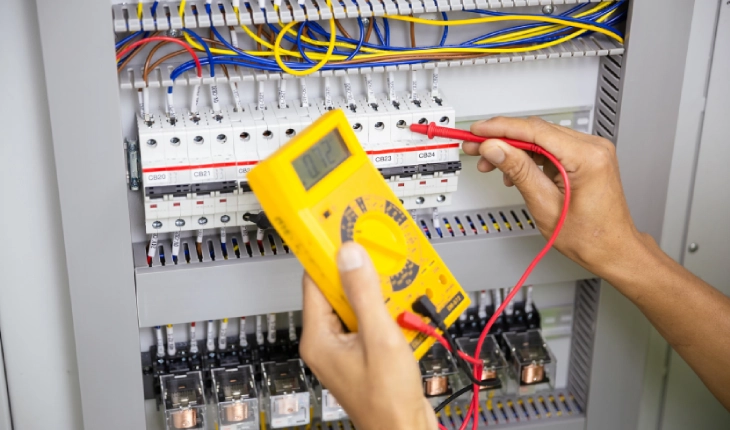
When it comes to the workplace, keeping everyone safe is a top priority. Whether it’s a busy industrial site or a quieter office, clear and compliant labelling plays a huge role in reducing risks and protecting employees. The right asset labels and safety signs do more than just guide people—they help prevent accidents and keep businesses on the right side of safety regulations, avoiding potential fines and legal issues. In this guide, we’ll walk you through what to look for in choosing labels and signs that will make your workplace safer and more secure.
Asset labels and safety signs are like quick, visual reminders that keep everyone aware of the rules and any potential hazards. They communicate important information in an instant, making it easier for people to stay safe and avoid accidents. Labels and signs help employees and visitors know exactly where to find essential equipment, understand safety measures, and follow the right steps when handling machinery or hazardous materials. Taking this proactive approach helps reduce risks and builds a culture of safety that everyone can rely on.
Durability is key to effective labeling. Labels that wear out or fade can lead to miscommunication and unsafe conditions. Here’s what to consider when choosing durable labels:
When it comes to workplace safety, labels and signs have to do more than just look good—they need to meet industry-specific standards. Following regulations like OSHA and ANSI, or Australian Standards (AS) in Australia, is key to keeping your business compliant, protecting your team, and avoiding costly penalties. Here are some important points to consider:
In Australia, adhering to local standards (like AS 1319 for safety signs) is essential. These standards specify requirements for hazard signs, mandatory signs, prohibition signs, and emergency information signs to ensure they communicate the right message in a clear and consistent way. Staying current with these guidelines helps create a safer workplace and demonstrates a strong commitment to employee wellbeing.
Even the highest-quality labels and signs need a little TLC from time to time. Make it a habit to check them regularly for any signs of damage, fading, or peeling. A worn-out or unreadable sign can become a safety hazard, so these routine inspections ensure that your labels stay clear, effective, and reliable. Staying on top of maintenance helps keep everyone informed and safe.
Every workplace is different, with its own unique safety requirements. Custom labels can address specific needs—whether it’s asset ID tags for special equipment or tailored instructions for handling proprietary machinery. At EvolvX, we offer a wide range of options to meet these diverse needs, including sequential QR codes, wrap-around labels, and high-visibility safety signs. We’ll work with you to create solutions that perfectly match your workplace safety goals.
At EvolvX, we’re all about providing durable, high-quality labels and safety signs that meet tough industry standards. Our products are made to last, built to handle challenging environments, and designed to enhance safety in any workspace. We’re here to help you create a safer, compliant workplace with reliable, customized labelling solutions you can count on.